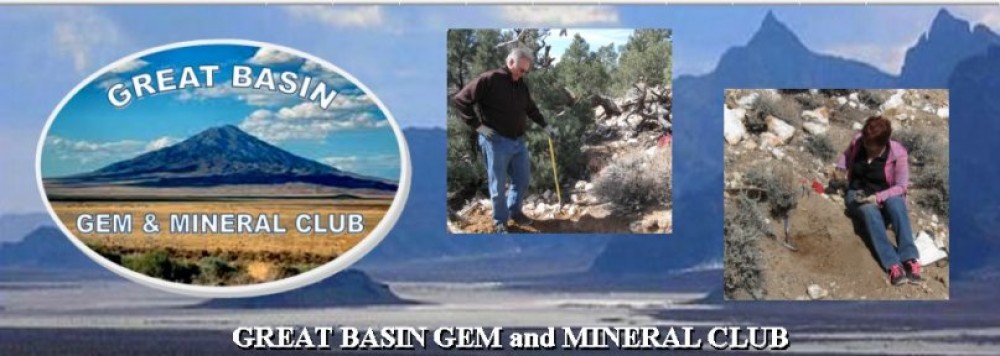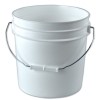The time, meeting place and location of the field trip site are announced at the club meetings and in the club newsletter–The Matrix News.
BONUS FIELD TRIPS: Dates will be announced as plans are finalized.
Field Trip Safety
(Excerpt from Introduction to Fossil Collecting, (C) 1994, Glen J. Kuban)
While sore thumbs and other minor injuries are difficult to avoid while collecting (and usually heal quickly), safety should take precedence over all other collecting concerns. At many sites the potential exists for major accidents, including injuries from falling rocks (or falling collectors).
Safety begins with common sense; by far the most important piece of safety equipment is your brain. Always be aware of your surroundings, which may include swinging tools, flying rock chips, moving vehicles, and quarry or mining machinery. Don’t take chances by collecting near drop-offs, climbing on loose rocks, venturing under overhanging rocks, or scaling steep or slippery slopes. If you see others doing these things, warn them of the danger. Keep an especially close eye on any children present, since they tend to wander into dangerous situations without an instinctive sense of fear.
Don’t smash rocks more violently than necessary, and be sure to wear safety glasses or goggles whenever striking rocks. Wear a hard hat when working in areas where falling rock is a possibility. Avoid moving excessively heavy rocks, which may fall or slide in unpredictable ways. When you do feel the need to move a heavy rock, seek assistance from others, and lift with your legs rather than your back. Using a crow bar or hammer to overturn rocks helps avoid pinched fingers and toes, and reduces the chance of being bitten or stung by creatures that may be lurking under rocks (such as snakes, spiders, wasps and bees). Wearing work gloves while excavating and moving rocks also protects your hands from bites, cuts, scrapes, and accidental hammer hits.
At a mine or quarry be especially careful not to pick up or pull any wires, plastic parts, or unknown objects, which may be the remains of blasting caps (also called detonators) or other explosive devices. Such devices sometimes remain “live” for years. Be sure to teach these things to children, who tend to pick up anything curious. Detonators might even be mistaken for small plastic toys.
At least one person in the collecting party should carry a well-stocked first aid kit. The kit should include bandages in various sizes, gauze, antibiotic ointment, aspirin, medical tape, and scissors.
Be sure to bring plenty of water or other liquids along. One can become dehydrated quickly when working in the field, even in cool weather. On sunny days apply sun screen and wear appropriate clothing to avoid sun burn. When the weather is cold or wet, bring along plenty of warm clothes and rain gear, and perhaps an extra change of cloths for the ride home.
Safety concerns should also extend into the laboratory (or wherever fossils are prepared). Possible dangers include tools and mechanical devices that can cause cuts, punctures, or abrasions. Mechanical tools also tend to generate rock dust, which can be dangerous to inhale on a regular basis. When using such tools, be sure to wear a dust mask and work in a well ventilated area. Various solvents, acids, glues, and sprays used in fossil preparation are also hazardous if inhaled or allowed to contact bare skin.


